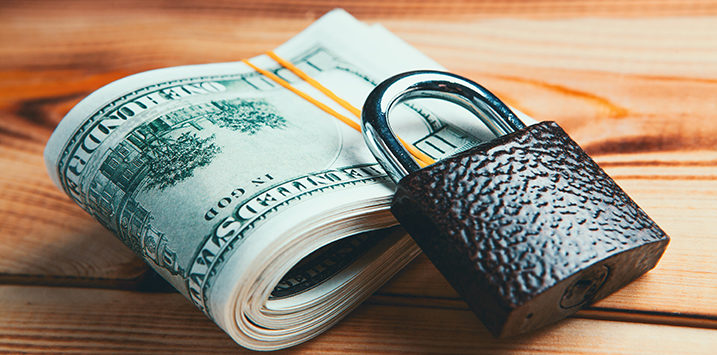
What rising cash rates mean
Since October 2021, the Reserve Bank of New Zealand (RBNZ) has raised their cash rate on four separate occasions. On three occasions (6 October 2021, 24 November 2021, and 23 February 2022) the increase was by 0.25 per cent (to 1.0 per cent) and yesterday (13 April 2022) the increase was by 0.50 per cent (to 1.50 per cent). The last time the RBNZ moved their official cash rate by 0.5 per cent, was on 14 November 2001 – and the direction was downward to 4.75 per cent.
Given the consensus view was a fourth increase by 0.25 per cent, the RBNZ responded with “A larger move now also provides more policy flexibility ahead in light of the highly uncertain economic environment”.
The New Zealand economy is starting to slow with housing prices falling, consumer confidence being hit and the Omicron cases sweeping through the population amid a relaxation of COVID restrictions. Yet unemployment is very low at 3.2 per cent in the December 2021 Quarter and inflation is high – Consumer Prices increased by 5.9 per cent in the December 2021 Quarter on the December 2020 Quarter, the biggest move in over 30 years. And the data is expected to get worse with the RBNZ expecting a figure of 6.6 per cent in the March 2022 Quarter (on the March 2021 Quarter).
The Bank of Canada hiked their cash rate for the third time yesterday (26 January 2022, 2 March 2022 and 13 April 2022) by 0.5 per cent, also the biggest hike in over two decades – to 1.0 per cent per annum.
Meanwhile, the United Kingdom – which enjoys a 3.8 per cent unemployment rate – has recorded a 7 per cent inflation rate for March 2022 and this is forecast to jump to at least 8 per cent in April. The Bank of England base rate is on course to for a fourth increase (16 December 2021 to 0.25 per cent, 3 February 2022 to 0.5 per cent, 17 March 2022 to 0.75 per cent) to an expected 1.0 per cent per annum in May.
In contrast, the Reserve Bank of Australia is keeping our cash rate stubbornly low at 0.1 per cent, although the consensus view is for an upward trend of four 0.25 per cent increases to commence in June 2022. Nevertheless, Australia’s longer-term interest rates are rising with the rest of the Western World. Property buyers who were lucky enough to secure a fixed four-year loan early in 2021 at sub 2.0 per cent per annum would now be paying close to 4.20 per cent per annum. Hence buyers are moving from a fixed rate loan to the variable rate (currently around 2.3 per cent per annum). Any reasonable tightening cycle in Australia will quickly cool the elevated prices for the residential housing market.
You can read my previous article on cash rates here: New Zealand cash rates the canary in the coal mine